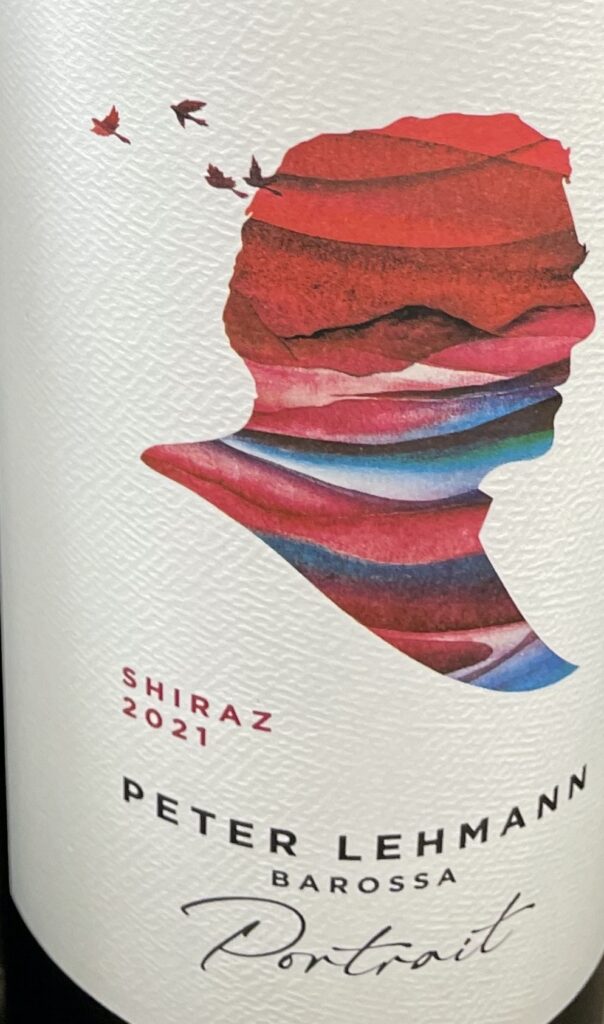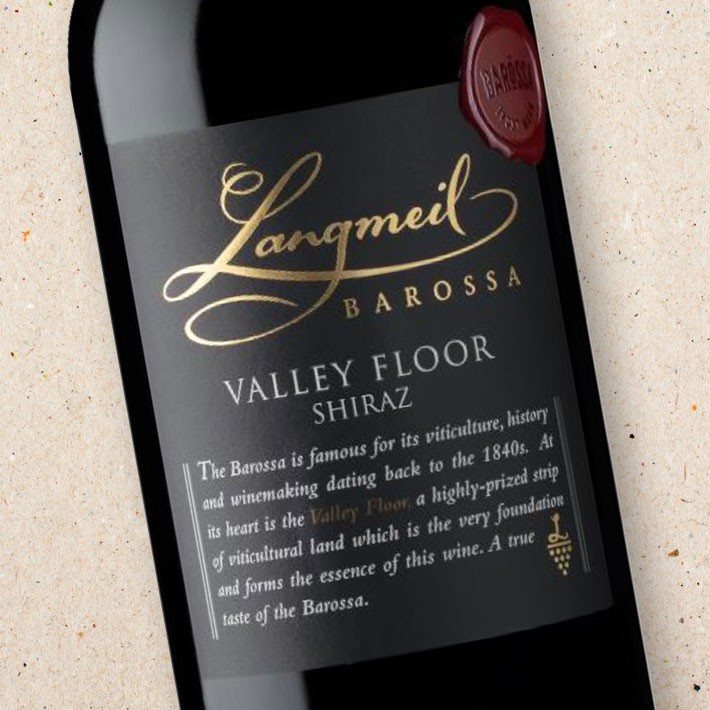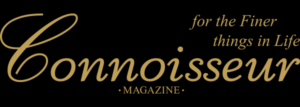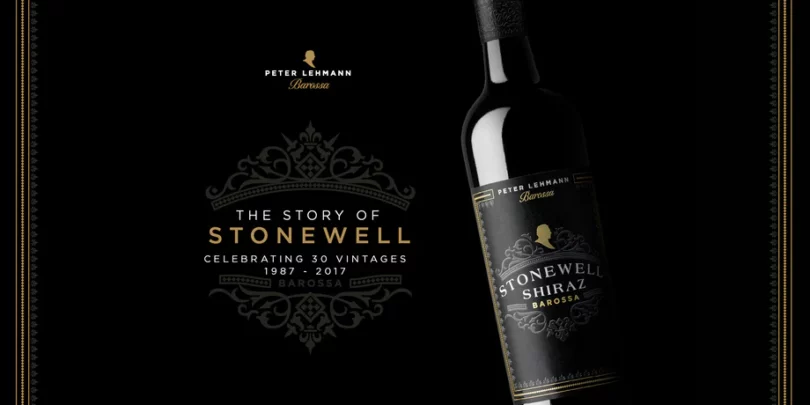January Wines
The year in wine begins in Burgundy, or rather with burgundy tastings. If that sounds wonderful, remind yourself there is an awful lot of underperforming burgundy, and much of it comes at a high price. This saddens me, and many others, as some of the most gorgeous wines I have ever drunk have been burgundies, and finding the next great burgundy is like pursuing the Holy Grail – and as often as not, just as unrewarding.
I had some nice Chablis at the big London tasting. Most growers seem to have abandoned the idea of making wines in imitation of Chardonnays from further south, and gone for something more typical. It should not come as a surprise, perhaps that the maligned 2021 vintage is rather good here, just that there isn’t much of it. The fruit wasn’t allowed to get too ripe and it is therefore more a wine from the cool north. If you want really riper fruit,
2022 is for you.

Among my first ports of call was Simonnet-Febvre, home to a very good Montmains and a Fourchaume,two grapefruity 2022 premiers crus from either side of the River Serein. Paul Nicolle had an enticing 2022 premier cru Les Fournaux with full, flinty fruit and Charly Nicolle (confusing) a 2022 Vieilles Vignes (old vines)Ante MCMLXXX (‘before 1980’) which was soft andfleshy but also long. Again, from Charly Nicolle was a much more complex 2022 premier cru Mont de Milieu.
From Louis Moreau you are right to expect quality. The 2022 premier cru Vau-Lignan was predictably closed but very promising. The premier cru Vaillons from the same vintage was more open and already showing classical style. The 2021 grand cru Les Clos was creamy, with that wild mushroom character (‘mousseron’ or St George’s agaric) – a very lovely wine indeed. Good Chablis from the Domaine Courtault Michelet too, particularly an earthy 2022 vieilles vignes and a premier cru Mont de Milieu from the same vintage. There were also some excellent 2022 premier crus from my old friends the Marchives at the Domaine des Malandes: Vaudevey and the really good Fourchaume.
For someone looking for top white burgundy from the Côte d’Or, the best I had that day was the 2022 Chanson Pernand-Vergelesses premier cru En Caradeux, a site nicknamed ‘le petit Charlemagne’ because you get the quality of a Corton-Charlemagne (the site opposite) for half the price.
Over to red and Michel and Marc Rossignol have a fine 2022 Volnay. There was a super 2020 Pommard premier cru les Boucherottes: lovely colour and a really heady aroma. Henri and Gilles Remoriquet from the Côte de Nuits had a simple 2021 wine from the Hautes Côtes. It was the same story: quality good, quantity bad. They had lost 60% to 70% of their whites. The 2021 premier cru Les Damodes was still a bit mute, but with lots to offer on the palate. The 2019 premier cru Les Bousselots showed more sweet flesh, but still needs two or three years.

The best Pinot Noirs I tasted that day were from the big boys in Beaune: a 2019 Monthélié from Joseph Drouhin and a 2022 (cask sample) Corton-Vergennes from Chanson. I didn’t dare ask the price of the latter, but I doubt it was going for a song.
“On the penultimate day of the month was the Australia Day tasting. Faced with such a plethora of good things I decided I’d just do Barossa Shiraz and derivatives. I found two main schools: a textbook Australian mint/eucalyptus one and another that tips its hat towards the Rhone Valley.
I jumped in at Torbreck, and its 2022 Cuvée Juveniles, a tribute to my friend Tim Johnston and his Juveniles restaurant in Paris. Apparently, Tim challenged the winemaker to produce a Châteauneuf-style wine. It was a success: rich, dark and peppery. I also liked the meaty pure Shiraz Woodcutter’s and the chocolatey 2021 Steading too. The 2021 ‘Struie’ was more in the eucalyptus school.”
After that, some of the big names appealed less, although I approved the 2020 Yalumba Bush Vine Grenache with its herb/tobacco aromas. The top Penfolds’ wines were all quite closed: the 2019 St Henri was impressively long, the 2019 Magill had more ‘ampleur’ and the 2018 Bin 798 was more vocal on the nose. All three will surely be worth waiting for.
New to me were the Sons of Eden: the 2021 Kennedy GSM had a nice, sweet Grenache nose, and the 2019 Romulus Shiraz gave off a whiff of violets.

The 2021 Portrait Shiraz is good value for money with a fruitcake nose and a peppery palate
“I have long cherished memories of the late PeterLehmann, the man who introduced me to a couple of gnarled and ancient Barossa deutsche at his famous weighbridge. The 2021 Portrait Shiraz is good value for money with a fruitcake nose and a peppery palate. Under the Barossan label there was more ‘Peter Lehmann’: a 2020 Shiraz of the minty persuasion, a cooling 2020 8Songs (counterpart to ‘nine popes’?) with jam and mint and 2017 Stonewell which was a knockout with its redolence of cherry jam, exciting sweet fruit, ripeness and maturity. About the same time as I encountered Lehmann, I met Charlie Melton, and tasted one of the first vintages of Nine Popes. The 2018 will not disappoint, there is more fruitcake here, leather and great depth of fruit. John Duval, late of Penfolds, impressed me with his 2021 Entity Shiraz, with its plums, blackberries and peppery palate.”
I liked Elderton too, 2022 GSM more than an overly minty 2021 Shiraz. The one that really grabbed me was the 2022 Neil Ashmead Grand Tourer Shiraz which was positively gamy. St Hallet too had something of that. The 2021 Faith was bubbling with dense fruit, but the real star was the 2020 Blackwell: deep and concentrated and peppery. Grant Burge was more in the lighter minty style.

Some smaller estates with telling German names may have taken their fruit to Lehmann or sold it to Penfolds in their day, and are now producing great things by themselves: Schwarz, for example, with its gamy 2021 Grenache; Bethany with its 2018 Shiraz; and Eisenstone, above all for its 2021 Hoffmann Ebeneezer SV902 and Dallwitz, as well as its McDonald Marananga SV904 with its bouquet of violets and cherries.

Impressive too was Langmeil with its leathery 2020 Valley Floor (above) or the fruitier 2019 Orphan Bank.
Hare’s Chase is new. The 2021 Ironscraper contains 6% Cabernet and lots of fruit – the smell of prunes stands out; the 2021 Springer I liked less – it is 6% Grenache.What I really loved was the 2020 Marananga. It was a hot year and you taste it in leather and dried fruit. The 2021 Vigilance is more elegant.
Lastly. and on the final day in January, there was Grand Cru St Emilion. Growers were assembled high up above the rooves of the ugly City of London with just two wines: a 2020 and a more mature wine which varied in vintage. Every ten years the list of grands crus is revised, meaning there are often new estates to try, and the first wine – Château Badette was one. It was a promising beginning: the 2020 with its lovely black-fruit nose and creamy elegance, and a supple if muted 2016.

Bellefont-Belcier had a stunning 2020, more red fruit than black, but I was less excited by the 2016. In general, the 2016s did not move me. Château Chauvin had two very good wines, both the 2020 and the 2015. The 2020 Clos de l’Oratoire was quite earthy, nicely balanced and long; while the Clos des Jacobins was one of my favourites – the 2020 particularly promising and the 2015 ripe and long: perfect for now.

Château Corbin is a good wine once you get over the name. The four prestigious Corbin estates are owned by different people, the other one to watch is Corbin-Despagne. Dassault always struck me as a rich man’s wine, renamed by the aeronautical magnate who bought it in 1995 and lavished pots of money on it, but that being said, it seldom disappoints. Châteaux Faugères and Péby-Faugères are owned by the same man but made in two different styles. The latter is 100% Merlot. I prefer Péby.
Château Fonplégade is an excellent wine; again, they showed the 2015, which seems to be the best of the recent vintages for drinking now. Fonroque is another top wine. I slightly preferred the 2019 to the 2020, but there was not much in it. Château Haut-Sarpe has been a personal favourite for years. The 2020 is lovely: cherries, blackberries, butter and tobacco, beautifully balanced – this was my cloud- gatherer. The 2019 seemed less sensational behind its tarry nose, but it might be sulking. Jean-Faure is grown on clay and the blend is 60% Cabernet Franc. The 2020 is all black fruits and Assam tea, the 2019 more classically expressing Cabernet Franc boiled sweets. La Serre is another enchanting wine, if a little light.
La Tour Figeac also has a large portion of Cabernet Franc and that boiled-sweets character reappears. The best here was the magnificent 2018. In contrast the 2020 Laroque is 99% Merlot and bubbling with primary fruit. Laroze was a classic, but I couldn’t make up my mind about Montlabert (also new to me). Whatever the case the 2020 is a long way off ready and the 2012 even might be over the top. The 2020 Château Rol Valentin was also impressive. The 2019 may have gone into a sulk? Whatever, it was a super tasting and a triumphant overture for 2024.







